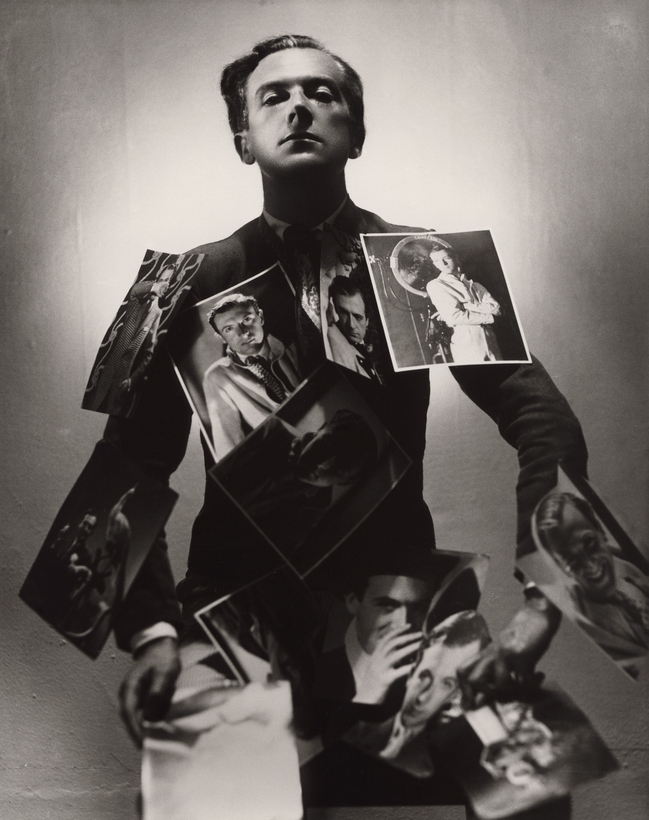The phrase “Bright Young Things” was dreamed up by an unknown journalist almost a century ago. It conjured a social phenomenon: a collection of privileged youth, famed from the mid- to late 1920s for their tireless hedonism, who symbolized an almighty rupture with a world still fixated upon the Great War. Iconoclasts with Burke’s Peerage pedigrees, the Bright Young Things laid waste to the past with yah-boo-sucks heedlessness. They were frivolous, and thus should have been easy to dismiss, but frivolity was the point—for where had good behavior gotten the previous generation? It was a fair question.
Recognizing that here was, indeed, a phenomenon, the newspapers tantalized their readers to tea-spilling distraction with the febrile antics of such characters as the Labour M.P.’s daughter Elizabeth Ponsonby and the baron’s son Stephen Tennant, who became early media celebrities; tales of treasure hunts through London, parties in swimming pools with “bathwater cocktails,” and costume balls and nightclubs; and the relentless jabber of the new slang (“How too too sick-making”). Now, as the 20s roll around once more, the National Portrait Gallery stages “Cecil Beaton’s Bright Young Things,” a celebratory exhibition of photographs and paintings.

Beaton, brimful with ambition, made the then unfeasible journey from Paddington (shame-making) to Mayfair on the back of his photographic gift. He clicked away at the people he would become friends with, and the luscious images that he composed had an edge of cool, an absolute reverence for style, which helped to define the world that he would enter.
He was not the only observer on the scene. The writers Evelyn Waugh and Nancy Mitford (fringe members of the Bright Young Things) both built careers off of this “shock of the new” aesthetic and plundered its central personae for material. Waugh’s Vile Bodies modeled the thrill-seeking Agatha Runcible upon Ponsonby, who in reality was dead from drink at 39. Tennant, who in later life rarely left his bed, was restored to his exquisite early bloom as the butterfly Cedric in Mitford’s Love in a Cold Climate.
Such figures—the ones who lived flagrantly for the moment—were defined by youth, but then that was what the whole phenomenon had been about. As never before it signaled the primacy of the young, the ironic, the nondeferential, and splashed the modernist spirit across the great wall of the tabloids. My dear, how perfectly proud-making! —Laura Thompson

